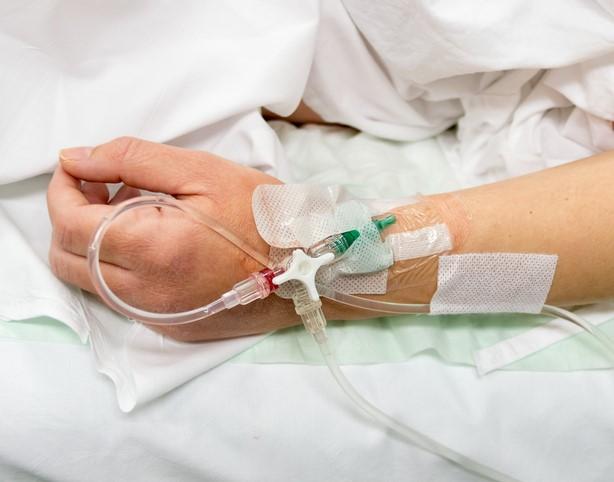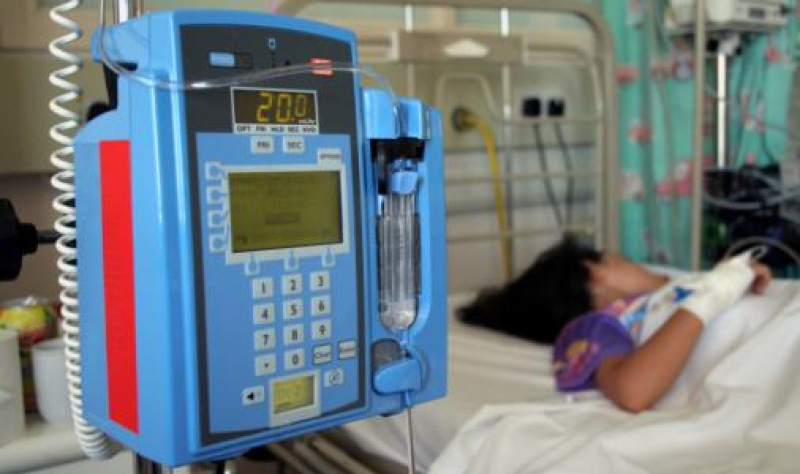

COVID-19 indicators improved modestly over the past week in Minnesota, where hospitalized cases dropped to 349 on Wednesday and new infections declined below 1,300 per day for the first time in three months.
Minnesota’s once-a-week look at the pandemic offers little hint of any long-term direction for better or worse. The COVID-19 death rate in Minnesota has dropped from its peak of 39 per day in early December to about five per day, but has remained at that rate for nearly two months. The number of COVID-19 hospitalizations requiring intensive care has also lingered around 40 for weeks.
The risk remains greatest among seniors, who made up 18 of 21 COVID-19 deaths identified in the first week of July, according to the Minnesota Department of Health’s situation update on Thursday. Minnesota’s COVID-19 death toll is now 12,872.
Minnesota’s count of new infections could be artificially disrupted by the closure of several state testing sites in late June, leaving people to seek at-home tests that aren’t publicly reported. A fast-spreading BA.5 coronavirus subvariant has raised concerns about a potential uptick in new COVID-19 cases, especially following Independence Day group gatherings that presented transmission risks.
However, the gradual decline in infections matches with sewage sampling at 40 wastewater plants across the state, according to the latest results reported by the University of Minnesota. The viral load in sewage samples was level or declining through July 10 in six of seven regions of Minnesota. The viral load increased in southwest Minnesota, but was based on results at only two plants that can swing up and down from week to week.
Results reported separately each Friday will show both the viral load in sewage sampled at the Metropolitan Wastewater Treatment Plant in St. Paul and the amount consisting of the BA.5 subvariant. While that form of the coronavirus causes a lower rate of severe illness than other variants, it also causes a high rate of breakthrough infections in people who have been recently infected or vaccinated against COVID-19.
The state’s case data on Thursday still showed COVID-19 vaccine benefits — with the rate of hospitalizations over the past two months being 7.4 times higher among unvaccinated seniors compared to those who had received their initial shots plus recommended booster doses.
Minnesota currently ranks 18th among states with nearly 70% of its total population completing the initial COVID-19 vaccine series, according to the Centers for Disease Control and Prevention. It ranks second among states with nearly 60% of people eligible for first booster doses receiving those extra shots.
However, the state only considers 30% of its population up to date with vaccines, because many vaccinated people have skipped first or second booster doses.
Bloomington-based HealthPartners on Thursday announced it received a $1.7 million federal grant to study how COVID-19 vaccination affects breastfeeding and infant health following childbirth. The research will use electronic health records of 11,000 patients in four U.S. health system to track infant growth and health and breastfeeding status in the first seven months after birth.
Pregnant and breastfeeding mothers were excluded from initial COVID-19 vaccine clinical trials, “so this project will help fill knowledge gaps,” said Kristin Palmsten, who will be leading the research. “We don’t expect to identify anything concerning related to lactation, but data are needed to help support parents with infants receiving breastmilk who are also making decisions regarding vaccination.”



